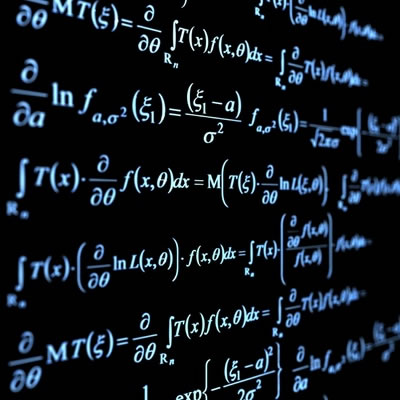Team:NTU-Singapore/Modeling
From 2008.igem.org
Lalala8585 (Talk | contribs) |
Lalala8585 (Talk | contribs) (→Introduction) |
||
| Line 10: | Line 10: | ||
The primary objective of this section is to assist us in developing an understanding of the the dynamic behaviour of the systems that we would create in our iGEM project. A requirement for assessing the dynamic behaviour is a time-dependent mathematical model of the bio-chemical processes that take place. | The primary objective of this section is to assist us in developing an understanding of the the dynamic behaviour of the systems that we would create in our iGEM project. A requirement for assessing the dynamic behaviour is a time-dependent mathematical model of the bio-chemical processes that take place. | ||
| + | [[Image:Blackboard.jpg|center|400px]] | ||
| - | |||
----------------------------------------------------------------------------------------------------------------- | ----------------------------------------------------------------------------------------------------------------- | ||
Dictionary Definitions : Model | Dictionary Definitions : Model | ||
Revision as of 02:07, 26 October 2008
|
Introduction
The primary objective of this section is to assist us in developing an understanding of the the dynamic behaviour of the systems that we would create in our iGEM project. A requirement for assessing the dynamic behaviour is a time-dependent mathematical model of the bio-chemical processes that take place.
Dictionary Definitions : Model
Model is derived from the Latin word modus, which stands for measure. As a noun it means, " a small representation of a planned or exiting object" (Webster's New World Dictionary)
"A mathematical or physical system, obeying certain specified conditions, whose behaviour is used to understand a physical, biological, or social system to which it is analogous in some way" (McGraw-Hill disctionary of Scientific and Technical Terms.)
The use of models to describe synthetic biology has its merits. Synthetic biology investigates the use of different biological parts to put together and assemble devices that carry out specific functions. Good mathematical models to describe each part would greatly help not only in the characterization of a part but also facilitate the use of the part by other people when they choose to use the part within their devices or systems.
Simulations based on modeling can give a first insight on how the system would turn out and provide a rough guide of the system’s behaviour.
We hope to use a control engineering approach in this project, and we hope that by understanding the transient behaviours of the systems can we better design our system to suit their purpose.
The models that are created and found in the subsequent sections can still be improved by comparing the modeling results against actual wet lab results. SIMULINK has proved to be an immensely useful tool for Deterministic modeling and solving ODEs. Cellware had its own limitations when dealing with Stochastic models. As the system got more complicated, the shorter the time span the program was able to simulate and produce useful results.
We had seen from our models that our AND gate system should have the shorter SupD gene attached to the Fe promoter. This was because in our assumptions, Fe ions would be ion lower concentration in the intestinal environment compared to Ai-2 and to have a similar response rate at the AND gate, the choice of AND gate inputs is critical.
We also realised that differing inputs of Lactose or Ai-2 would have an impact on the system via the models and this would be explored in greater detail in our wet lab experiments to see if the models are predicting the outcome correctly.
"All models are wrong; Some are useful"
George P. Box.
 "
"

